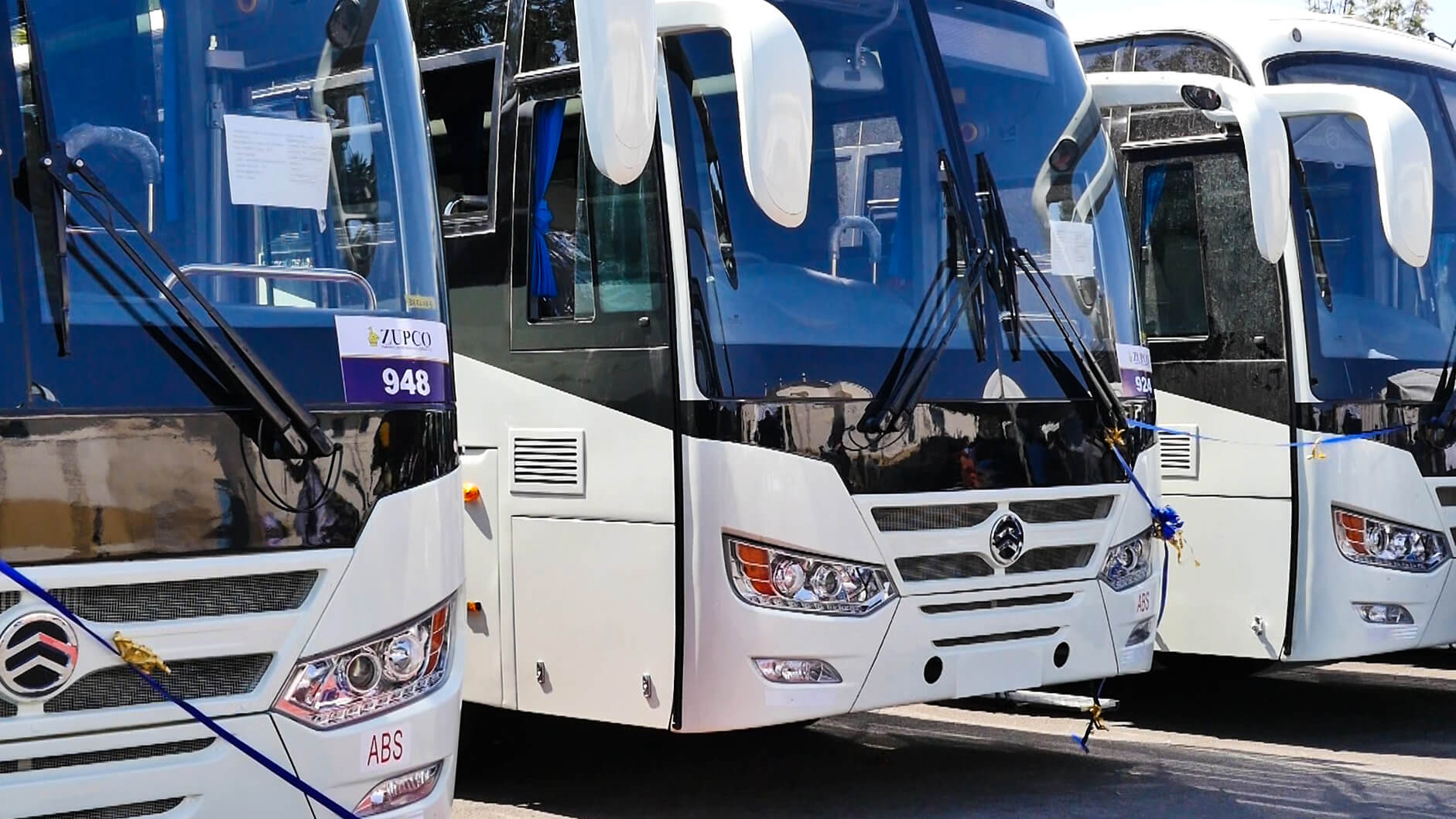- Cost Benefit Analysis (CBA) is a decision-making tool that helps to evaluate whether the benefits of a particular project or policy outweigh its costs.
- CBA is used to assess the value of an investment, program or project by comparing the expected benefits with the expected costs.
- CBA can be used to compare different options and select the one that provides the greatest overall net benefit.
- CBA considers both quantitative and qualitative factors and takes a long-term view of the costs and benefits.
- One of the main benefits of CBA is that it helps to ensure that resources are allocated efficiently and effectively by identifying the most cost-effective options.
- CBA can also be used to identify the wider economic, social, and environmental impacts of a project or policy.
- Another benefit of CBA is that it provides a transparent and systematic approach to decision-making, which can help to increase stakeholder confidence and support.
- However, CBA can also be subject to bias and the accuracy of the analysis depends on the quality of the data and assumptions used.
- CBA may not capture all of the costs and benefits of a project or policy, particularly those that are difficult to quantify or that are not captured by market prices.
- CBA can also be influenced by political factors, such as the preferences of decision-makers or the interests of certain stakeholders.
Example of Cost Benefit Analysis involving The Zimbabwe United Passenger Company (ZUPCO):
- Remember this is a made up example just meant to help you understand what Cost Benefit Analysis is all about
- ZUPCO is considering investing in a new bus fleet to improve public transportation services in the country.
- The project will cost $50 million to acquire and operate the buses for the next 10 years.
- The benefits of the project include improved mobility for citizens, reduced traffic congestion, reduced air pollution, and increased economic activity due to easier transportation.
- The CBA would evaluate whether the expected benefits of the project, such as increased revenue for ZUPCO and social benefits, outweigh the costs of acquiring and operating the new bus fleet.
- Factors considered in the CBA would include the expected ridership, fares charged, operating costs, and environmental impact.
- Based on the results of the CBA, ZUPCO may decide to proceed with the project or consider alternative options, such as purchasing a smaller fleet, improving existing infrastructure, or investing in other transportation modes.




